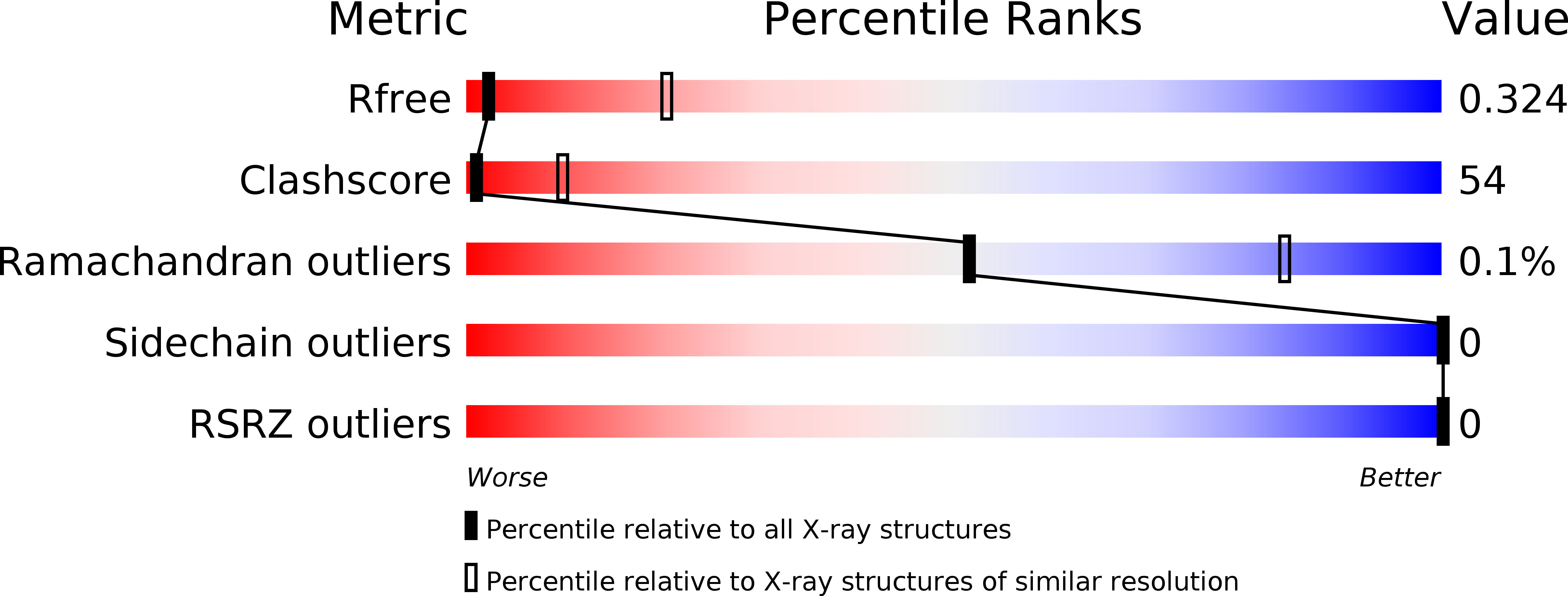
Deposition Date
2012-07-25
Release Date
2013-05-15
Last Version Date
2023-11-08
Entry Detail
PDB ID:
4GA4
Keywords:
Title:
Crystal structure of AMP phosphorylase N-terminal deletion mutant
Biological Source:
Source Organism:
Thermococcus kodakarensis (Taxon ID: 69014)
Host Organism:
Method Details:
Experimental Method:
Resolution:
3.51 Å
R-Value Free:
0.32
R-Value Work:
0.27
Space Group:
P 65


